STUTTGART, Germany - A C-17 Globemaster with 31 Department of Defense civilians and servicemembers taxis down the runway at the Stuttgart Army Airfield and comes to a stop.
Meanwhile, an airline catering truck suddenly speeds across the tarmac and heads directly for the C-17, slamming into it. Inside, a member of the White Lions terrorist organization detonates a 220-pound vehicle borne improvised explosive device. The truck and the plane burst into flames.
And so began Stallion Shake 2008, the U.S. Army Garrison Stuttgart's annual anti-terrorism and force protection exercise.
"We've got two planes involved - one is an old, Russian plane that the Stuttgart Airport uses for training. There will be two people trapped inside," said Bill Christina, a force protection specialist with the garrison, during a briefing before the start of the exercise.
To give firefighters realistic training on an aircraft fire, the other "plane" was a reusable mock-up resembling a plane, rigged so that its engine and wheels would burn.
For added realism, German Red Cross workers applied moulage - fake blood, fractures and lacerations - to victims hours before the exercise began. The victims were also instructed to be uncooperative, act hysterical, cry, and feign shock and pain.
Christina popped a grenade simulator to start the exercise, and within seconds of the simulated explosion, the USAG Stuttgart Fire Department, based at the airfield, arrived on scene. They extinguished the fire, scanned the scene and began treating victims.
The garrison firefighters were soon joined by the Stuttgart Airport Fire Department, the Neuhausen Volunteer Fire Department, German Red Cross from Esslingen, Schnelle Einsatzgruppe, a quick response team, and the German Federal Police.
The host nation first responders set up a triage and emergency medical treatment area and began treating the wounded. Many of the victims were carried by stretcher to the area, where their injuries were assessed. They were then moved to medical tents for further treatment. Those needing hospitalization were loaded into waiting ambulances.
Meanwhile, an emergency operation center stood up at garrison headquarters on Panzer Kaserne and staffed with a crisis action team - consisting of many of the directorates within the garrison and other organizations, to include Directorate of Plans, Training, Mobilization and Security, Directorate of Public Works, Directorate of Logistics, Public Affairs, Resource Management, Directorate of Human Resources, Chaplains Office and Safety Office.
The purpose of Stallion Shake is to put the garrison's anti-terrorism plan to the test. "In time of emergencies, our support will come from the host nation. It's important that we train and plan together, so in case of a mass casualty event of this magnitude, we will be able to respond quickly and effectively," said Rita Reilly, USAG Stuttgart's Force Protection Program manager.
This year, EOC communications, patient tracking and command and control were under the microscope.
"We're looking at many areas. For example, is there a disconnect of information that is relayed to the EOC, then up to (U.S. Army Europe) and back down to the scene'" said Reilly. "We have to get the facts right. We have to make sure we get the correct information from the scene, clarify it, report and forward it correctly.
"We tested the processing of victims, so we can track them to wherever they are taken. We also tested command and control at the scene - are the host nation responders assuming command and are we stepping back and taking a subordinate role'" she added.
The exercise was a success, according to officials. "The host nation and U.S. forces responded. We worked through the scenario and discovered areas of improvement. That's a success - when we discover where we can improve," Reilly added.
The garrison commander, Col. Richard Pastore, said the garrison has worked for the last 12 months with host nation fire, police, Red Cross and other organizations "to plan, revise our plan and continuously improve how we would work together in case of an emergency. Today was the final exercise to validate those plans. It went exceptionally well."
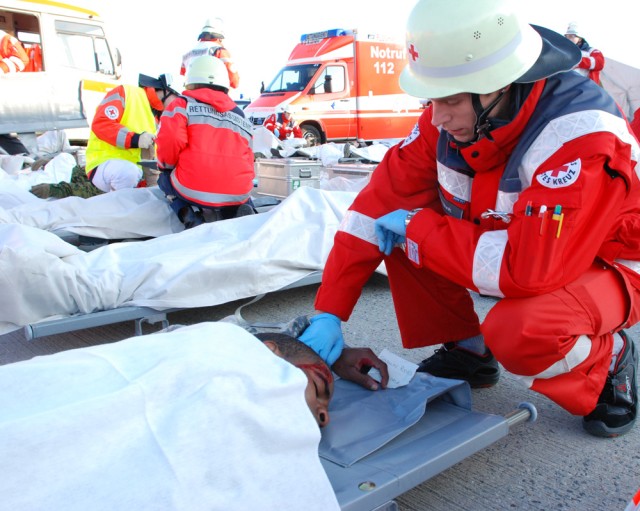
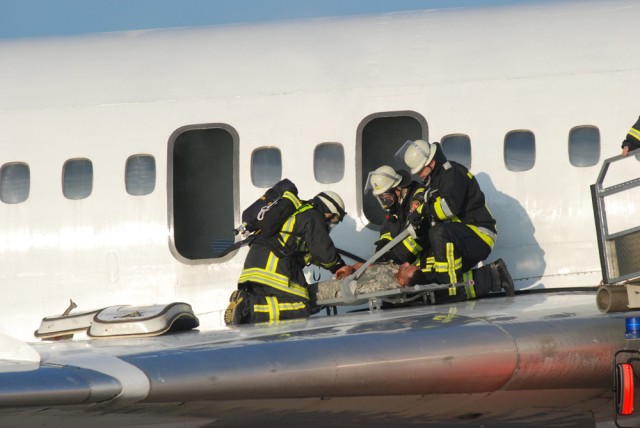
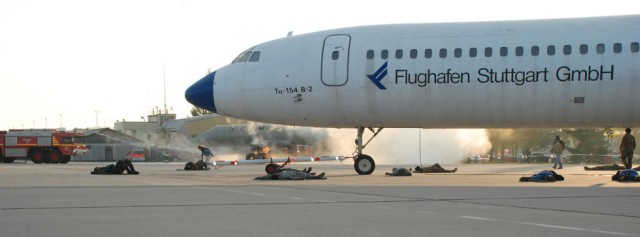
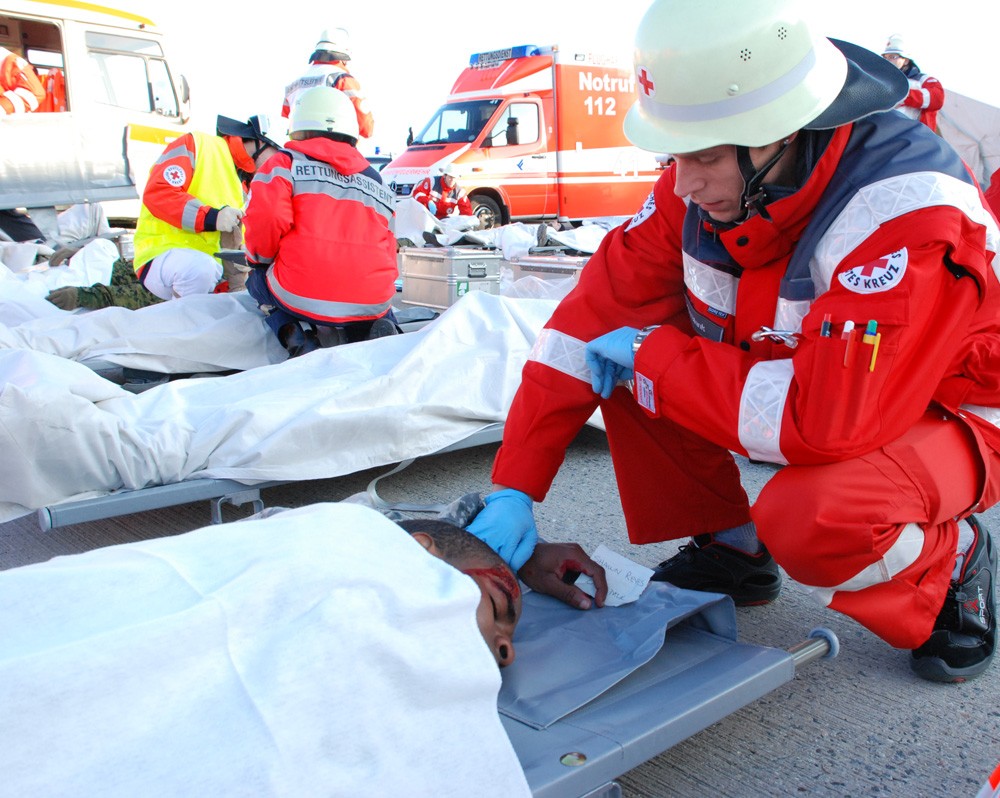
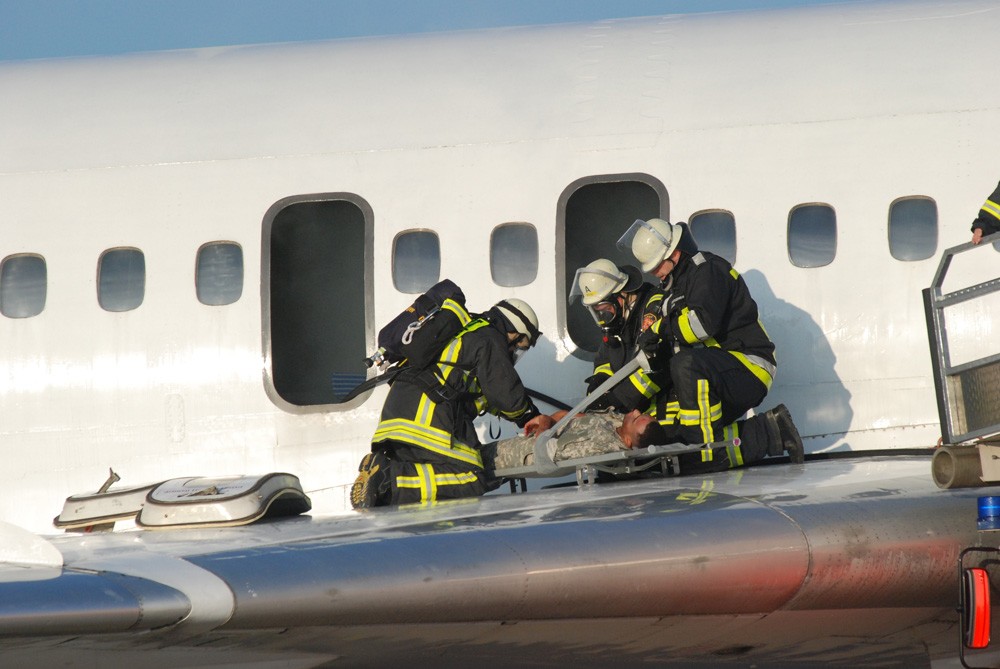
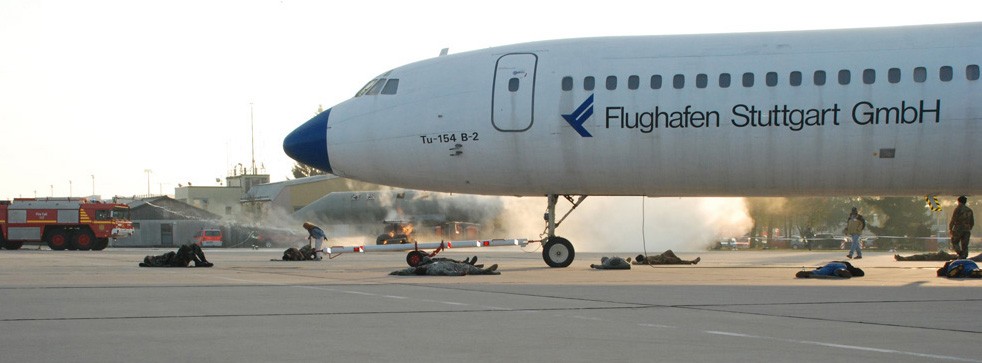
Social Sharing